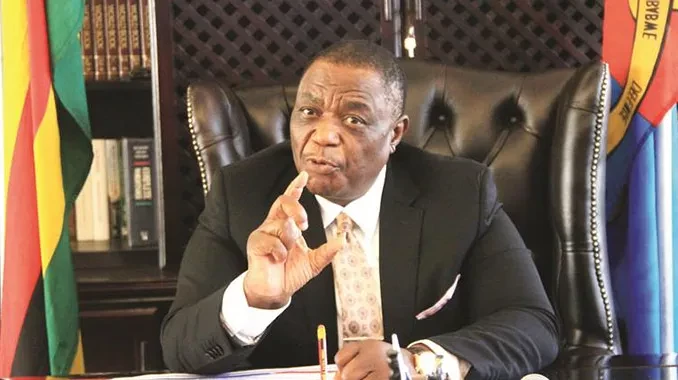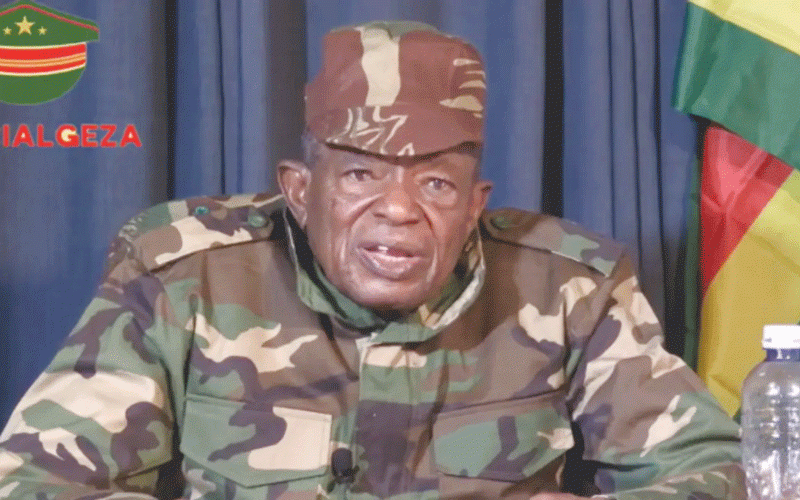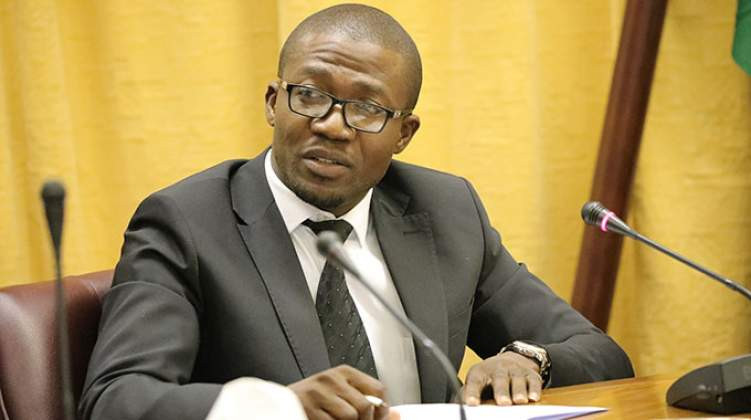T
he 21st century is a highly politically volatile period which has seen the rise of the “woke” culture which seeks to critique and also question the status quo.
Politics controls the everyday running of the society we live in as it influences the dynamics of the social and economic parameters. A deep rhetoric is with regard to the question of whether artists are politicians, or if artists should be pro-active in politics.
As they respond to contemporaneous events and politics, the arts take on political as well as social dimensions, becoming themselves a focus of controversy and even a force of political as well as social change.
A widespread observation is that a great talent has a free spirit which gives the artist the power of being a compass which pin points the challenges of everyday societal running.
It is of interest that the context of the Zimbabwean arts industry is usually driven by political dynamics. Social media likes and followings of artists is often based on the expression of political allegiance which can be either to the opposition CCC or the ruling Zanu PF party. This has been clearly visible in the cases of artists like Winky D and Jah Prayzah, whose music in particular has been attached to political connotations.
As we approach the election season it remains of importance that attention is brought to the issues of the arts and politics. There are artistes who are having political aspirations or endorsing different political candidates.
For example, Sandra Ndebele is one such artiste, who has shown interest in running for the office of councilor, which is a noble action as artistes are individuals with the power and influence to represent their communities.
Of interest is the fact that we live in a democratic space which allows one to have the freedom of political expression and the freedom to affiliate with a party of choice, or have divergent political interests.
The Constitution of Zimbabwe also states that every person has the right to freedom of assembly and association, and the right not to assemble or associate with others. This is proof of how everyone has a freedom of political participation and to follow a political ideology of choice.
In the context of Zimbabwe, for example, the relationship between art and politics is multifaceted. For example, art can contribute to political discourse by supporting the current political and ideological views. Let us put into focus how political jingles can have an effect to push for political propaganda. An example can be of the jingles which were released during the “hondo yeminda” craze which justified the farm grabs as something which was a justified cause.
Mention can also be given to musicians like Brian Mteki, the late Elliot Manyika who sang the song “Nora” and Tambaoga who sang songs that were inclined with the political ideology of the time.
Of course, not all political art is aimed at making the world a better place and changing the status quo. There are certain art pieces that are deliberately created to support the current power structures in society. Sometimes artists are even commissioned to make pieces that support a certain political doctrine.
This type of politically-charged art is usually called propaganda. It is used to distort reality through the dissemination of ideas that promote one cause or inflict damage to an opposite cause. Propagandist art can take many forms such as paintings, sculptures, or public art.
However, more often than not, art is a disruptive form, that serves as a tool for changing existing political and social realities. Art can address certain political issues or reinterpret different social structures. For example, it can reveal different power balances in society, offering alternative understandings of certain events which can relate to the challenges of poverty and injustice.
In Zimbabwe we have seen artists that protest and highlight the plight of the Zimbabwean people and this has been predominantly done through the power of song. These are the songs that concentrate on issues of human rights and governance without alignment to a specific political party.
Many artistes — both contemporary and old school — have lyrics which are pregnant with emotion, which when listened to highlight the plight of Zimbabweans and can make tears flow. Leonard Zhakata and Thomas Mapfumo are some artistes whose lyrics have been rooted in deep political satire which in a great many times is not for the faint hearted.
Unfortunately Zimbabwe has seen many artists fearing to come out in the open to declare the side which they support, but at times this becomes so obvious.
But this is not supposed to contribute to the cancel culture, which in a great many times impacts and also affects the artists as they become forced to conform to a political status quo or become victim to the mechanisms of bootlicking.
I have to subscribe to the view that popular artists and creatives have to openly declare what they are so as to make life easier for young and upcoming artists to be involved in the politics of their country.
Young people in particular need spaces where they can also freely participate in the national affairs, and musicians especially, have a critical role that they can play as role models in this regard.
Unfortunately, in Zimbabwe there is the fear of political participation. Most youths in particular are afraid to voice their political concerns.
The better approach is to use their role models, that is, artistes who should be the voice of giving courage. As an art and development practitioner, I feel the modest way to achieve development is through encouragement of the citizenry to be involved in the politics of their country.
Art is often used to draw awareness to certain underrepresented political issues. Street artist Banksy, for instance, is famous for his politically-charged art pieces, dealing with a variety of topics including war and migration.
Tsitsi Dangarembga is also one prolific writer who has used the power of her artistic prowess to be a voice for the marginalised and advocating for more positive and productive political action in Zimbabwe, particularly access to justice and the prevalence of political freedom in Zimbabwe.
But the role of art in today’s world does not just end at highlighting the injustices that occur around us.
Art can support, and even create certain political alternatives to the status quo. Take environmental art, for instance. Environmental artists greatly support the goals of the environmental movement, either by creating art from recycled and eco-friendly materials or by encouraging reduced jet travels, meat consumption, waste sorting, energy efficiency.
Art can be used to organise people around a certain goal. Art can inspire and empower people to become change-makers in their surroundings.
These socially engaged practices are usually participatory, and gather people from a certain area in a joint effort to make their neighbourhood a better place to live in.
- Raymond Millagre Langa is musician, poet, orator, independent researcher and founder of Indebo edutainment Trust. You can follow on Face Book @Millagre Ray Langa, on Twitter you can follow on #Millagre Langa, email. millagrepapito@gmail.com or indebotrust@gmail.com





